Agrohomeopathy Course!
Radko Tichavsky is now offering a one semester virtual course in Agrohomeopathy (in English). You can learn how to define and analyze holons and how to repertorize the specific homeopathic treatment beyond just disease or pest names. You can find out more here: www.icomenius.edu.mx
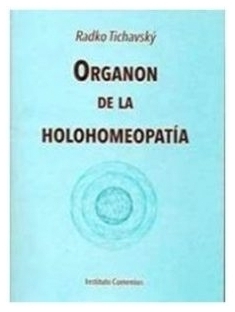
NEW BOOK:
Organon de la Holohomeopatía
Six years in the making, it is the latest book by Radko Tichavsky, researcher on the application of homeopathy in agriculture. This Spanish language book covers homeopathic interventions in agriculture from the holistic view, allowing greater certainty in repertorizations. It addresses a novel concept of metabolic similarity, not only among plants, but also among different species of the animal and plant kingdom. It studies the formation and dynamics of attractors, areas of greater vitality within the holons and coexistence units of different living organisms. Holohomeopathy is a fascinating contribution to the application of homeopathy to plants. It allows one to discover a universe of surprising relations in vital dynamism. It puts into the hands of the agricultural producer a valuable tool for the successful handling of pests and diseases in crops of any size. For ordering or information: [email protected]
Dear Mr. Tichavsky,
I’m trying to raise cucumbers this year. Most of the plants are doing fine, but some of them develop these white spots which I think are fungus. Aside from pulling off those leaves is there anything else I could try? I live in northern New Jersey (U.S.) (zipcode 08109) and the weather has been hot and very rainy, with storms every 4-5 days.
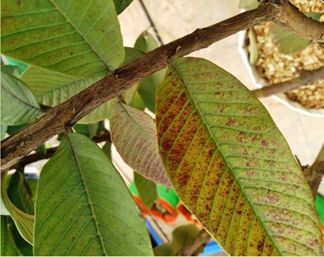
Thank you
Albert
Radko Tichavsky:
Dear Albert,
The oidium is an obligatory fungal affection in cucurbitate plants. It is a combination of two pathogenic fungi Sphaerotheca fuligineae and Erysiphe cichoracearum). In cucumbers it is a very common affection and its causes are multiple: too much irrigation or irrigation by sprinkling, poor pruning and aeration, low levels of calcium in the plant and excess nitrogen. As prevention you can apply Allium sativum 6 CH with oil as an adjuvant, Calcarea carbonica 6 CH, and Salicylic acid 6 CH. Once the disease is established, the affected parts must be pruned. The diseased leaves should be burned and not be incorporated into the compost or left in the garden as this makes the disease appear again and again.
In diseased plants we apply Equisetum arvense 6 CH and Silicea terra 6 CH alternately once a week for one month. As a last consideration, it is very important to make an adequate alternation of crops and not to sow the cucumber in consequent occasions in the same place.
Hello Radko,
I planted this Golden Rain Tree about 6 years ago and recently the branches have been bending over, some almost to the ground. I tied some branches up with plastic tape. Also, as you can see in the photo, the tops of some branches no longer have leaves. I live in Lancaster, Pennsylvania (17540) which has generally moderate temperatures and rainfall.
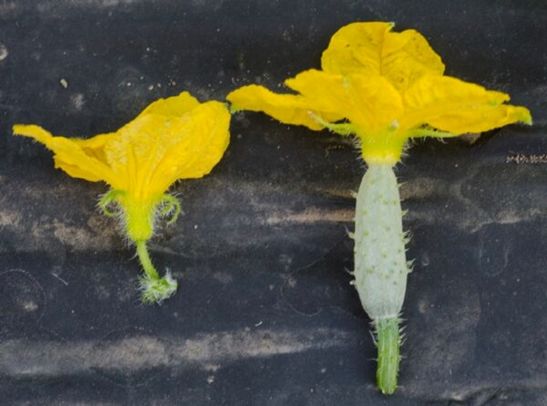
Golden Rain Tree
Thank you
Gerald
Radko Tichavsky:
Dear Gerald,
Koelreuteria paniculata is a tree that generally suffers from excess water, and is very sensitive to air with salt content (which is probably what causes the fall of leaves from your tree). Salt in the air in coastal areas or near it causes weakening of the tree, falling leaves and premature death of it. You can limit the irrigation and apply Natrum muriaticum 30 CH foliarly and alternate with Cocos nucífera 12 CH (elaborated from coconut water). As an adaptogen and to help the plant to harmonize in unsuitable conditions you can apply once Rhodiola rosea potency 100 CH in the form of a spray folialry on the tree.
Greetings Mr. Tichavsky,
I grow oranges in Polk County, Florida ( zip – 338678). All over Florida the main problem with orange trees is the Asian citrus psyllid. It infects the trees with a bacteria that causes the disease Huanglongbing, also known as HLB or citrus greening disease. The bacteria is a motile bacteria, Candidatus Liberibacter spp.
The disease kills the roots and then the leaves and fruit. There doesn’t seem to be any cure at the moment. Florida has a hot and damp climate.

Asian citrus psyllid
If you have any thoughts on this, I’d love to read them.
Thank you
Theodore Walker
Dear Theodor,
In advance I want to say that the answer to your question requires more space than this column offers, however I will express some recommendations that can help you. The bacterium Candidatus liberbacter, an unadapted endophyte, gram-negative bacterium, does not work alone in the vascular system of the plant and its presence is subject to the presence of phytoplasmas for its successful establishment after transmission by the vector (Diaphorina citri).
Vietnam and China learned to coexist for one hundred years with the disease, mainly limiting the psyllid by interleaving Guayava trees between citrus. For the metabolic syndrome of HLB to have a negative impact on the plant requires constant reinfection by means of the vectors as well as conditions of environmental stress or constant application of agrotoxics for example. Once established the bacteria in the plant its metabolites interrupt the flow of the sap between the root and the crown causing the known effect of yellowing of the crown, changes of color and flavor of the fruits and devitalization of the plant that leads to its death.
There is a fatalistic prognosis in allopathic agriculture, which is limited to the agrotoxic application model which uses agro toxics, elimination of diseased plants and repopulation with new uninfected trees. This has not been successful and led to a disaster in the citrus industry.
It is interesting to know that the orchard where HLB was first detected in Florida (and where all the trees are positively infected) continues to produce perfectly well, nevertheless receiving very specific treatments that consist of nourishing the top of the tree on the one hand and the roots on the other, adding some elicitators of systemic response of the plants such as Salicylic acid and controlling the reinfection of the bacteria by the psyllid.
In homeopathic treatment of HLB we use Salicylic acid 6 CH, Equisetum arvense 12 CH, Sambucus nigra 6 CH or Ricinus communis 12 CH with sap of Opuntia ficus indica as an adjuvant and depending on the specific conditions of the orchard also Zincum metallicum, Cuprum metallicum, Silicea terra, and in less hot conditions Sulphur. In addition and according to the conditions of each holon, we use plants with known anti-bacterial effects (antigram negative ) Argemone mexicana, Bocconia frutescens, Eschscholzia califórnica Chelidonium majus.
But as I said, each holon requires a specific repertorization, because in holohomeopathy we treat the patient and not the disease. As a result of the treatment of the patient (holon) the disease is extinguished and the orchard returns to health.



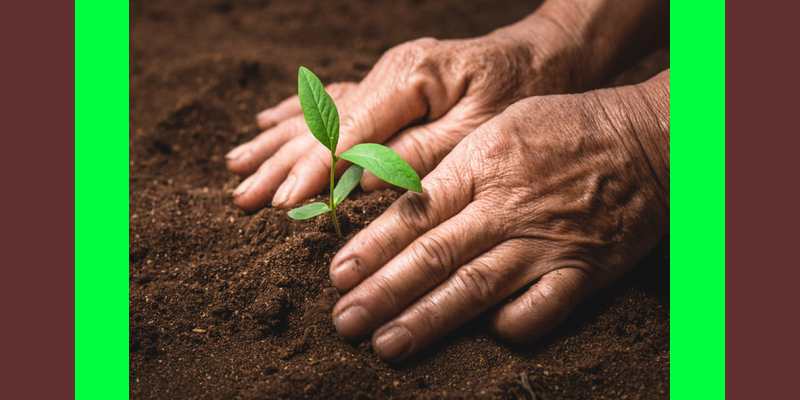
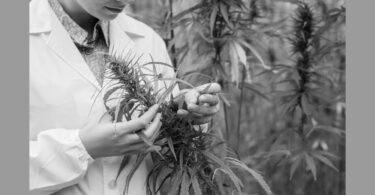

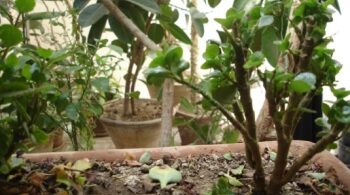
Hello plant doctor
My plants have been affected by small n big snails. They eat up all the flowers. Please suggest a remedy.
Thanking you
Josephine Sunderaj